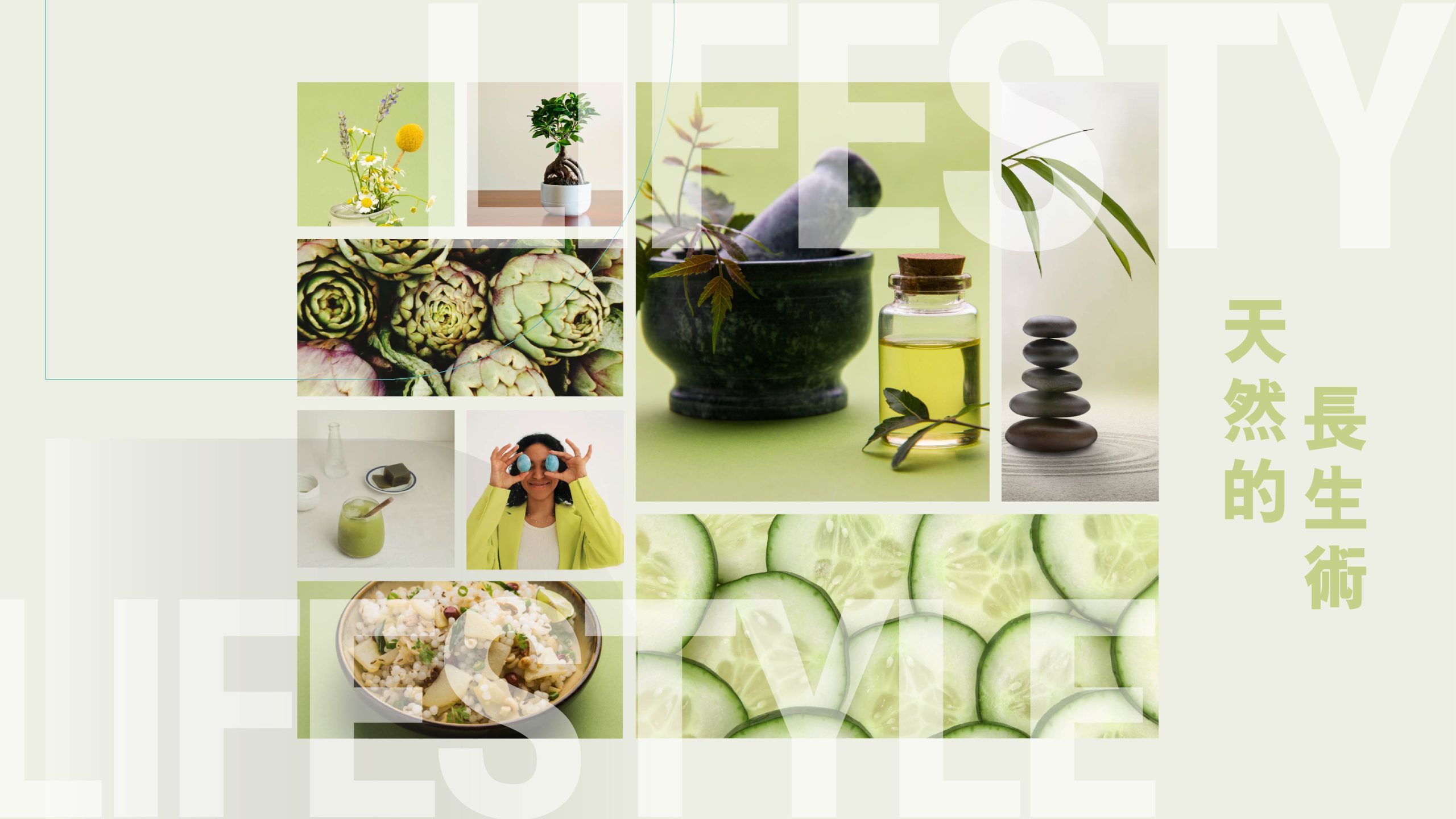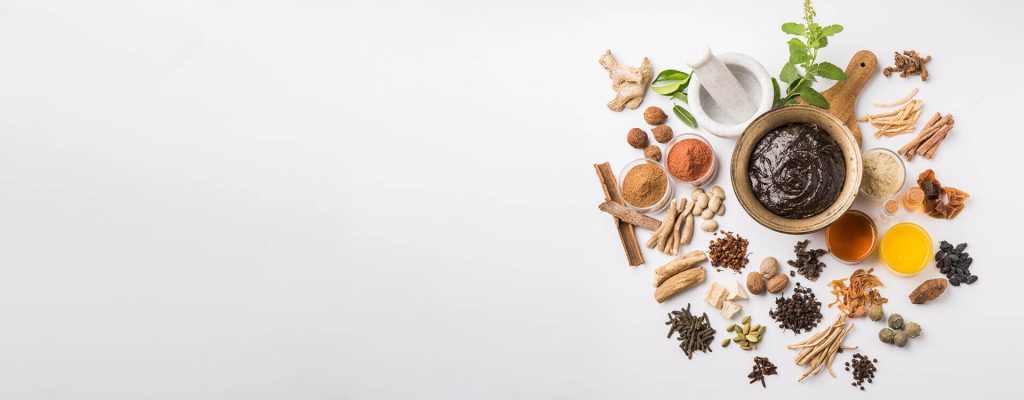
In recent years, more and more women have been paying attention to health and wellness – avoiding cold drinks, eating vegetarian, paying attention to more health products, and using dietary therapy, etc. If you have done some research online, it is not difficult to find that many people are discussing Ayurvedic therapy.
So what is Ayurveda?
Ayurveda originated in India and is the oldest natural healing method, predating even traditional Chinese medicine. It is an internationally recognized system of health and wellness by the World Health Organization (WHO). The word “Ayurveda” can be broken down into “Ayur,” meaning life, and “Veda,” meaning knowledge and science (Science of Life). However, to truly understand Ayurveda for self-healing, one must first understand which elements and energies their body type belongs to.
In Ayurveda, it is believed that the human body is composed of five elements: air, fire, water, earth, and space, and each person’s body type is composed of these elements in different proportions. In Ayurveda, the body type is called “Dosha,” and there are three different types of Dosha: Vata, Pitta, and Kapha. Understanding your Dosha can help you make lifestyle changes to achieve balance, health, and happiness.
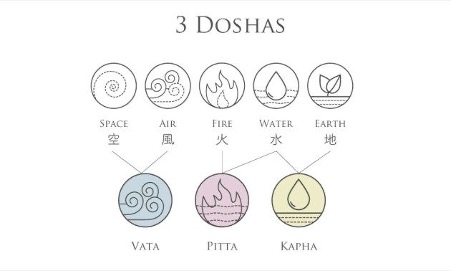
Ayurveda believes that our bodies are composed of five major elements (earth, water, fire, air, and space) in different proportions, and the energy composed of these five elements is called “Dosha.” Human body types are divided into three categories: Vata (wind), Pitta (fire), and Kapha (water). All Ayurvedic therapies aim to balance the three Doshas in the body because if even one Dosha is imbalanced, it can cause physical or psychological illness.
Want to know your Ayurveda body type? Take this quiz!
- Answer each question based on your first instinct
- Choose the description that best fits you and score 1 point. If two or even three descriptions apply equally well, score 1 point for each.
- Finally, add up the scores for each Dosha, and the highest score indicates your body type.
- There may be a chance of having a dual or even triple Dosha type.
*A – Vata, B – Pitta, C – Kapha
01 Physique
A Tall or short, thin, undeveloped physique
B Medium, moderate physique development
C Solid, short, muscular, well-developed physique
02 Weight
A Light, difficult to maintain weight, prominent veins and bones
B Moderate, good muscle tone
C Heavy, prone to gaining weight or obesity
03 Skin color
A Dark, yellow, deep color
B Red or blush, shiny
C White, pale
04 Skin texture
A Dry, thin, rough, prone to wrinkles, visible blood vessels
B Warm, slightly oily, freckled, moles
C Thick, oily, cool, soft, smooth
05 Skin temperature
A Cold
B Warm
C Cool
06 Hair
A Sparse, rough, dry, yellow, slightly curly
B Medium amount, good quality, soft, prone to turning white or baldness
C Thick, oily, curly, shiny
07 Eyes
A Small, dry, thin, yellowish, unstable eyes
B Medium, prone to redness, inflammation, penetrating gaze
C Large, stable, oily, white, attractive
08 Face shape
A Thin, small, long, looks worried
B Medium, rosy, angular
C Large, round, meaty, soft features
09 Nose
A Thin, small, long, dry, hooked
B Medium
C Thick, wide, strong, oily
10 Lips
A Thin, small, dark, dry, unstable
B Medium, soft, red
C Thick, large, oily, smooth, strong
11 Teeth and gums
A Thin, dry, small, rough, prone to cracking, uneven, visible gums
B Medium, soft, pink, prone to bleeding or sensitive gums
C Large, well-shaped, white, strong, oily
12 Tongue width
A Narrower than the space surrounded by teeth, long and thin
B Same size as the space surrounded by teeth, oval or pointed at the tip
C Wider than the space surrounded by teeth, thick, round tip
13 Shoulders
A Thin, small, flat, prone to shrugging or hunching
B Medium
C Wide, thick, strong
14 Chest
A Thin, small, narrow, underdeveloped
B Medium
C Wide, large, well-developed, even overdeveloped
15 Arms
A Thin, too short or too long, not very strong
B Medium
C Large, thick, round, strong
16 Hands
A Small, thin, dry, cool, rough, prone to cracking, unstable
B Medium, warm, pink
C Large, thick, oily, cool, strong
17 Thighs
A Thin, narrow
B Medium
C Round, muscular, well-developed
18 Calves
A Thin, too long or too short
B Medium
C Short and thick, strong
19 Feet
A Small, thin, dry, long, rough, prone to cracking, unstable
B Medium, soft, pink
C Large, thick, hard, strong
20 Nails
A Small, thin, dry, rough, prone to cracking or breaking, dark in color
B Medium, soft, pink
C Large, thick, smooth, white, strong, oily
21 Joints
A Unstable, prone to cracking
B Medium, soft, loose
C Large, stable, strong
22 Blood circulation
A Poor, tends to be cold in hands and feet
B Good, warm
C Good, slow to warm up, stable
23 Urination
A Insufficient, difficult, pale in color
B Abundant, yellow, red, burning sensation, strong odor
C Moderate, whitish, milk-colored
24 Bowel movements
A Small amount, dry, hard, difficult or painful, bloating, painful bowel movement, constipation
B Large amount, loose, yellow, prone to diarrhea, burning sensation, strong odor
C Medium, solid stool, sometimes light in color, with a lot of mucus
25 Appetite
A Changeable, irregular
B Strong, with a clear feeling of hunger
C Steady, slow
26 Digestive ability
A Irregular, sensitive
B Fast, strong
C Moderate or slow, but stable
27 Digestive problems
A Bloating
B Acid reflux
C Slow digestion
28 Sweating and body odor
A Little sweating, no odor
B Sweating a lot, feeling hot, strong odor
C Moderate amount of sweating, feeling cool, comfortable odor.
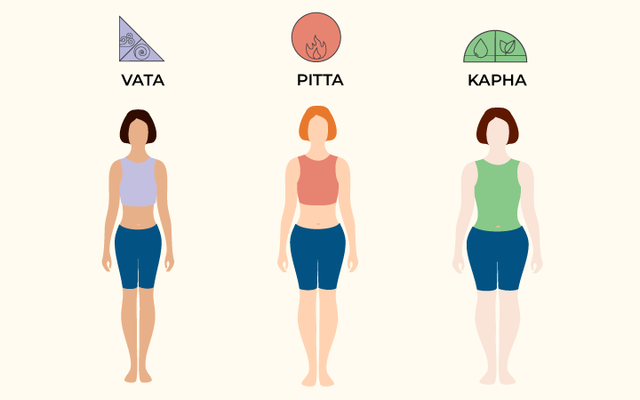
🌀Wind type people
Wind type people are usually thin with a flattened body shape. They walk and move quickly, like the wind. They tend to have an impatient and restless personality.
When wind type people become unbalanced, they may experience the following symptoms: poor blood circulation, colds, respiratory problems, palpitations, hearing impairment, osteoporosis, and arthritis. They may also experience digestive issues such as constipation, bloating, poor appetite, and low stomach acid. Other symptoms may include insomnia, anxiety, indecisiveness, low mood, poor memory, fatigue, and restlessness.
The health guidelines for wind type people suggest avoiding dry and cold foods and consuming warm, moist, and slightly oily foods. They should also try to maintain regular sleeping and eating habits.
🔥Fire type people
Fire type people have a medium body weight with moderate muscle development. They sweat a lot, have bright eyes, and oily skin. They have a strong competitive spirit and prefer to take control of situations.
When fire type people become unbalanced, they may experience the following symptoms: feeling hot, excessive sweating with odor, premature graying or baldness, decreased vision, liver dysfunction, and sensitivity to light. They may also experience digestive issues such as diarrhea, excessive stomach acid, heartburn, gastroesophageal reflux disease (GERD), and stomach ulcers. Other symptoms may include anger, frustration, narcissism, competition, stress, fatigue, irritability, hatred, and impatience.
The health guidelines for fire type people suggest avoiding foods that are too hot or oily and consuming more neutral or cooling foods to balance out excessive fire energy.
💧Water type people
Water type people usually have a thick body shape and move, speak, and eat slowly. They tend to have a lazy and inactive personality and are prone to gaining weight.
When water type people become unbalanced, they may experience the following symptoms: feeling cold, weight gain, excessive sleepiness, white tongue coating, asthma, excessive phlegm, bloating, and edema. They may also experience slow metabolism, post-meal fatigue and heaviness, and bloating. Other symptoms may include laziness, depression, loneliness, desire, sadness, jealousy, and excessive attachment to things.
The health guidelines for water type people suggest avoiding dairy products and high-fat foods and consuming light and slightly dry foods to balance out excessive water energy.
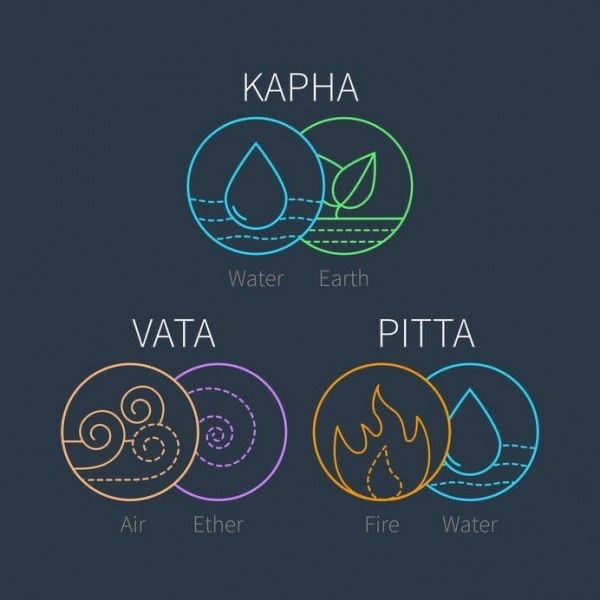
Source:本質旅行、紅豆老師, The complete book of Ayurvedic home remedies, dabur.com, Pinterest, Vedix.com

